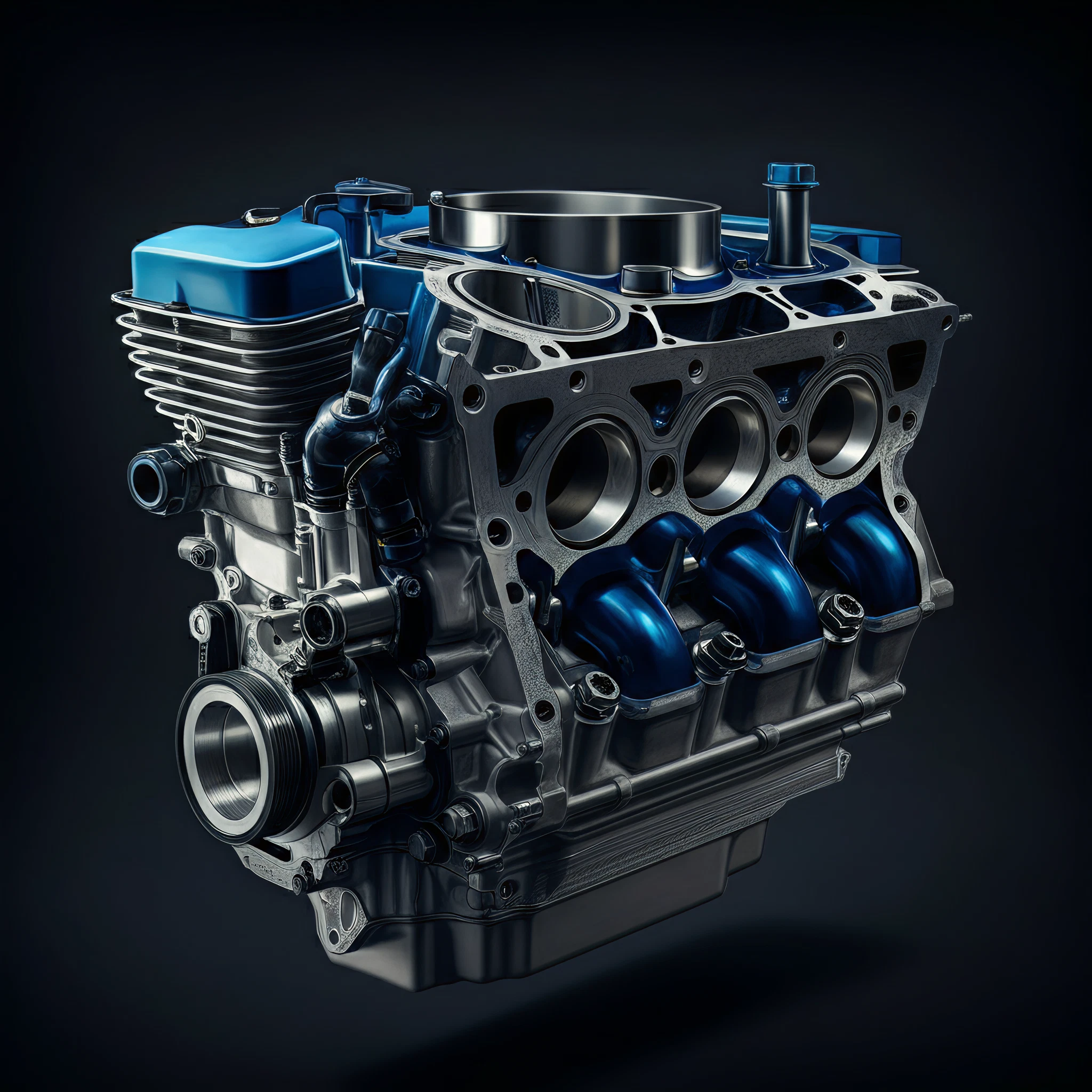For car enthusiasts, DIY mechanics, and students curious about automotive basics, one essential question often arises: What is a cylinder in a car? Within an internal combustion engine, the cylinder is a critical component responsible for converting fuel into the energy that powers your vehicle. This article will explore the definition, function, and significance of cylinders while covering key aspects such as their arrangement, firing order, common issues, and maintenance tips.
What is a Cylinder?
A cylinder in a car is a cylindrical chamber within the engine block that houses the combustion process. It is where air and fuel mix, ignite, and expand to create the mechanical energy that drives the vehicle. A typical car engine consists of multiple cylinders (from 3 to 16, depending on the engine design), and together, these cylinders enable the engine’s power delivery.
Key Function of a Cylinder:
The cylinder’s role is to guide the piston, which compresses the air-fuel mixture before ignition. This process is essential for generating energy via the combustion cycle, often referred to as the four-stroke cycle (intake, compression, power, and exhaust).
Main Components of a Cylinder
Several components work together within the cylinder to ensure the combustion process operates efficiently:
- Piston: Moves up and down to compress the air-fuel mixture and transfer energy to the crankshaft.
- Valves:
-
-
- Intake Valve: Allows the air-fuel mixture to enter the cylinder.
- Exhaust Valve: Releases burnt gases from the cylinder.
-
- Spark Plug (in gasoline engines): Provides the spark to ignite the compressed air-fuel mixture.
- Cylinder Wall: The surrounding structure that holds the entire combustion process.
- Connecting Rod: Connects the piston to the crankshaft, transferring the piston’s motion to rotational energy.
- Cylinder Head: Seals the top of the cylinder and houses components like the valves and spark plugs.
Cylinder Arrangements in Engines
Cylinders are arranged in specific configurations to affect engine performance, size, and balance. Here are the most common types:
1. Inline (Straight) Cylinders
-
-
- All cylinders are arranged in a single line.
- Pros:
- Compact design.
- Simple and cost-effective to manufacture.
- Cons:
- Limited balance at higher cylinder counts.
- Often less powerful than other configurations.
-
2. V-Shaped Cylinders
-
-
- Cylinders are arranged in two banks, forming a “V” shape.
- Pros:
- Ideal for high-performance cars.
- Compact despite higher cylinder counts.
- Cons:
- More complex and expensive to produce.
-
3. Flat (Boxer) Cylinders
-
-
- Cylinders are arranged horizontally, opposing each other.
- Pros:
- Excellent weight distribution.
- Balanced design reduces vibrations.
- Cons:
- Wider engine design, requiring more space.
-
Cylinder Firing Order
The firing order refers to the precise sequence in which the cylinders ignite. This sequence is crucial for engine balancing, vibration reduction, and overall performance. For example, a typical four-cylinder inline engine follows a 1-3-4-2 firing order. Incorrect firing orders can lead to significant performance issues and excessive wear on engine components.
Common Issues with Cylinders
Like any engine component, cylinders can experience problems over time. Here are some common issues:
- Cylinder Wear and Scoring:
-
-
- Over time, friction between the piston and cylinder walls can cause wear.
- Scoring (grooves) may appear due to insufficient lubrication.
-
- Compression Loss:
-
-
- Damaged piston rings or a faulty cylinder head gasket can cause reduced compression, leading to power loss.
-
- Cylinder Damage:
-
-
- Cracks in the cylinder wall due to excessive heat or manufacturing defects can impact engine functionality.
-
Maintenance Tips for Cylinders
To ensure cylinders remain in top condition, follow these maintenance tips:
- Use High-Quality Engine Oil:
-
-
- Proper lubrication reduces wear and keeps components operating smoothly.
-
- Check for Leaks:
-
-
- Regularly inspect for oil or coolant leaks that could damage cylinders.
-
- Replace Worn Components:
-
-
- Address worn piston rings, gaskets, or valve seals to maintain compression and performance.
-
- Keep the Engine Cool:
-
-
- Ensure the cooling system is functioning correctly to prevent overheating.
-
- Perform Regular Tune-Ups:
-
-
- Routine engine inspections can help identify cylinder issues early and prevent costly repairs.
-
Cylinders and Engine Size
The number and size of cylinders in an engine define its engine displacement, a key indicator of power output. For example:
- Four-Cylinder Engines (e.g., 2.0L engines): Compact, efficient, ideal for daily commuting.
- Six-Cylinder Engines (V6): Provide a balance of power and efficiency, suitable for performance-oriented vehicles.
- Eight-Cylinder Engines (V8): Deliver exceptional power, often found in trucks and sports cars.
For manufacturers seeking to optimize efficiency, technologies like cylinder deactivation have emerged, allowing the engine to switch off some cylinders during low-demand situations. This innovation reduces fuel consumption without sacrificing performance when full power is required.
Final Thoughts
Cylinders are the beating heart of an internal combustion engine, converting fuel into the energy needed to move your car. Their arrangement, maintenance, and functionality significantly influence a vehicle’s performance and longevity.
Understanding cylinders is vital whether you’re a DIY mechanic exploring your car’s engine, a student delving into automotive engineering, or a car enthusiast curious about what makes engines roar. Regular maintenance and a keen eye for potential issues can ensure that your cylinders, and your vehicle, continue to perform at their best.








